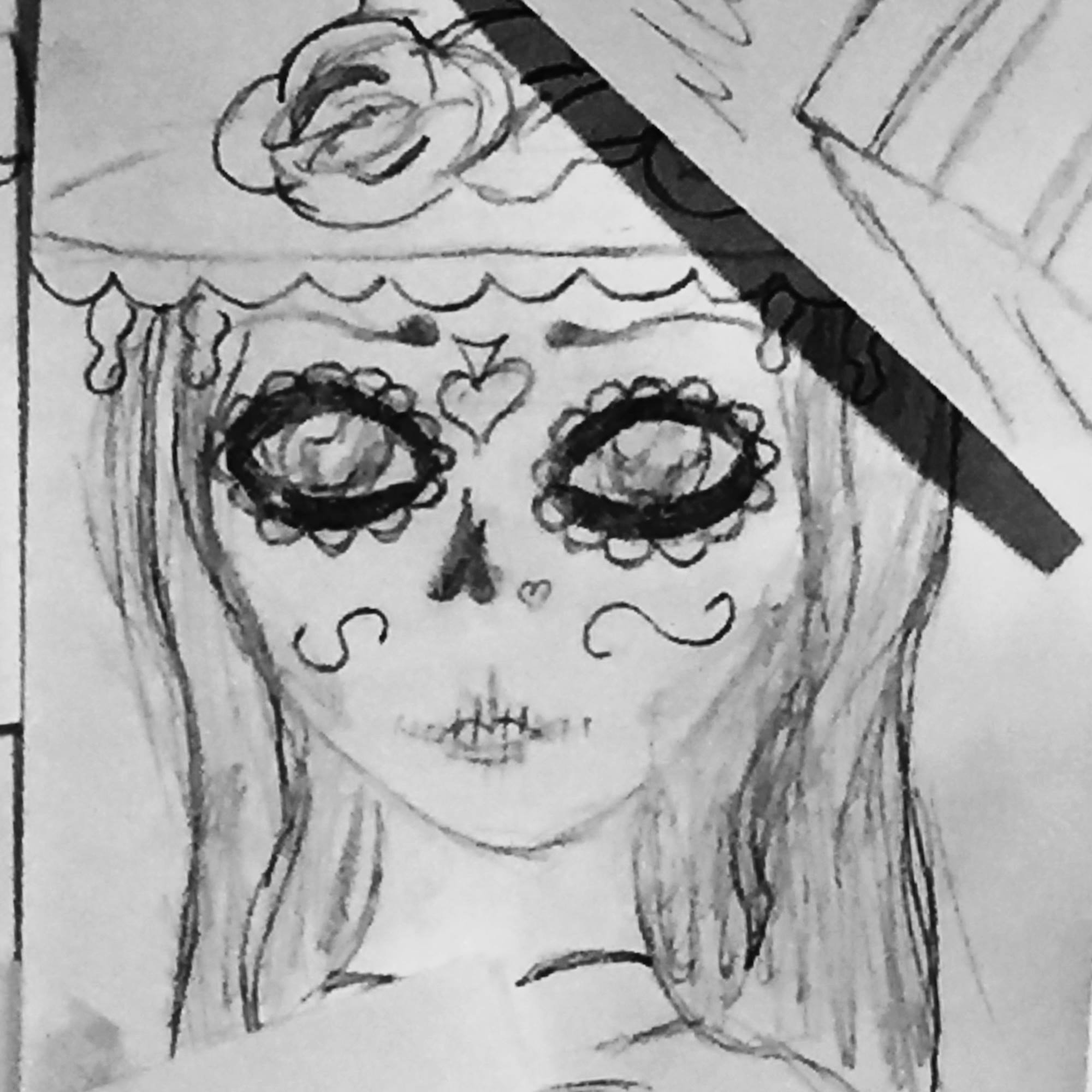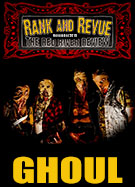As published on Examiner.com.
Since the doors first opened in 1984, the Mexic-Arte Museum in Austin has celebrated thirty-two years of Día de los Muertos (Day of the Dead) festivities. This October the museum presents two seasonal exhibitions alongside its annual Viva la Vida festival featuring a grand procession, artist vendors, live music, and a grand sugar skull piñata float by local piñata artisans Monica and Sergio Lejarazu. The museum will also host a black-tie masquerade event known as the Catrina Ball that will debut at The Four Seasons Hotel.
The highlighted Día de los Muertos exhibition at the Mexic-Arte museum, Community Altars: Ofrendas Inspired from the States of Mexico, is located within the main gallery and contains nearly a dozen altars to honor the lives of loved ones who are deceased. Adorning the altars are flowers, crosses, candles, angels, framed photographs, flags, hand-cut paper, skulls and catrinas. Echoes of a film directed by Jim Hill, Llamar a los Muertos a Casa (Calling Home The Dead), are heard as guests walk about the rooms. In the very back of the exhibition there is a bench to sit and watch the movie about the villagers of Lake Pátzcuaro. And viewers can learn why it’s believed this land is a doorway to heaven.
Each altar represents the regional and cultural differences within diverse areas of Mexico, including the following states: Guanajuato, Guerrero, Jalisco, Michoacán, Oaxaca, Puebla, San Luis Potosí, Veracruz, Mexico D.F. and Coahuila. Admiring the similarities and dissimilarities between the altars is part of the appeal. Not a single altar is identical to another, and yet the holiday spirit Día de los Muertos is strong within every altar, unifying the exhibition at the Mexic-Arte museum.
In 2003, the 78th Legislature of the State of Texas awarded the Mexic-Arte Museum as the Official Mexican and Mexican American Art Museum of Texas. Also according to their website, “Día de los Muertos is an ancient, Mexican and Mexican American religious holiday with a historically rich tradition that integrates both pre-Columbian and Catholic customs. It is often celebrated in connection with the Catholic Holy Days of All Saints’ Day and All Souls’ Day (dates and length of the celebration vary by state or region). In the celebrants’ minds, the holiday is a time to honor and greet their deceased relatives and friends, who make the journey back from Mictlan (the underworld in Aztec culture) to be with the living each year. These days are a time for families and friends to gather in celebration of life and death, embracing the circle of life rather than loss and sorrow.
Standing in a room of altars that pay homage and respect to the dead, it might not seem like a place of love and light to those unfamiliar with Día de los Muertos. However, there is an undeniable force of love and life flowing throughout the rooms. An intense and evocative kind of love that can be seen and felt like standing next to a bonfire on a frigid moonless night. Looking at the altars one-by-one, imagining the time it took to make it all by hand. Thinking about the fact that massive quantities of people from all over the country designate the time and energy each year to create memorials. Memorials that signify and represent their memories towards family members or loved ones no longer living is indicative of their selflessness, loyalty and respect. It’s indicative of their devout love. It’s very moving to the heart and mind as guests walk from altar-to-altar; absorbing a sense of each person, or persons, revered at every altar by those still living. Unlike a tombstone that only states a name and dates of life, these large altars are unique to each family member and give viewers are stronger sense of personality. Books, jewelry, baskets of black beans, blankets, pottery, Marlboro cigarettes, bottles of tequila, and guitars; various items are placed throughout the altars, humanizing and personalizing the interests and pleasures of each person’s life.
Additionally, bright lights and vivacious colors illuminate the altars. Color and light are key elements in this exhibition at the Mexic-Arte museum. Blue, red, pink, yellow, green and violet are prominent colors seen throughout the altars in the main gallery. Marigold flowers are one particular item of deeper significance seen at every altar. “Marigolds guide the spirits to their altars using their vibrant colors and scent. It is believed that the spirits of the dead visit the living during the celebration. Marigolds, or flowers in general, also represent the fragility of life. The marigold most commonly used in Día de los Muertos celebrations is the Targetes erecta or African Marigold, otherwise known as cempasúchil or flower of the dead.”
To view the history of thirty-one prior Día de los Muertos celebrations at The Mexic-Arte Museum, please venture to the annex gallery. Exhibitions will be on display through most of the autumnal season until mid-November. Please note the Viva la Vida festival is a daylong, eight-hour event open to the public on October 31, 2015. Tickets to the Catrina Ball on October 17, 2015 can be purchased online. For more information regarding upcoming events, exhibitions, admission, memberships and hours of operation, please visit www.mexic-artemuseum.org or call 512-480-9373.
This article is originally published on Examiner.com.



